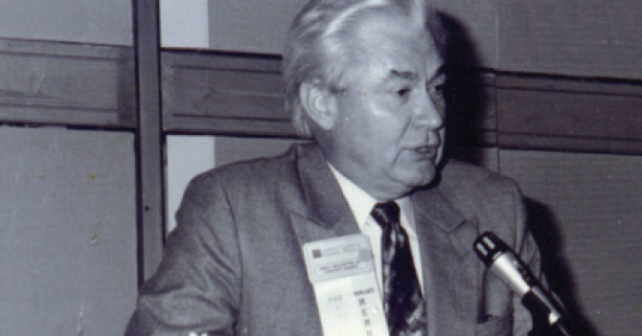
The Oxford English Dictionary defines dissent as, “the expression or holding of opinions at variance with those previously, commonly, or officially held.”
Explore This Issue
ACEP Now: Vol 41 – No 03 – March 2022Emergency medicine, perhaps more than any other medical specialty, is a specialty borne of dissent. I believe younger emergency physicians need to know this history. Reasoned dissent was a crucial tool in the formation of emergency medicine, and it continues to improve our practice environment today.
How Dissent Can Change the World
From a global perspective, those who dissent have improved nations. Consider Dr. Martin Luther King Jr., who is honored not for “put-ting up” silently with our society’s flaws but for his leadership in the Civil Rights movement, which implemented thoughtful, non-violent dissent against laws and barriers that precluded the full benefits of citizenship from being enjoyed by all Americans. Also, consider the legacy of the late Supreme Court Justice Ruth Bader Ginsburg. She regularly implemented dissent in her writings and decisions during her long and illustrious career on the bench.
In considering these legacies, it is also ap-propriate to review the influence dissent has emergency medicine as a specialty.
- The Founding of ACEP
The founding of the American College of Emergency Physicians can be considered an act of dissent. ACEP was founded 11 years before the American Board of Medical Specialties (ABMS) granted emergency medicine official specialty status in 1979. Physicians, linked by a dissenting vision that “emergency room medicine” could indeed become a career choice, met in Arlington, Virginia, in November 1968. At the time, emergency medicine had no identifiable special body of knowledge and was widely considered a place for doctors who had challenges with other practices. ACEP’s founders had an initial goal of sharing ideas to improve business practices and foster new educational programs.
At that meeting, Dr. R. R. Hannas took dis-sent a step further. He articulated a unique vision for emergency medicine to become a full-fledged medical and academic special-ty, which our nation demonstrably needed. Did you know that in 1966, two years before ACEP was founded, the National Academy of Sciences disseminated a white paper titled Accidental Death and Disability: The Neglected Disease of Modern Society?.1 This work highlighted broad deficiencies in America’s emergency care systems. Dr. Hannas’ new vision provided a road map to illustrate a path for remediating many of those deficiencies.
- Dr. Bruce Janiak, the World’s First Emergency Medicine Resident
Nearly simultaneously, the world’s first emergency medicine resident, Dr. Bruce Janiak, began training in 1969 at the University of Cincinnati. At that time, there was no such thing as an academic emergency department or an emergency medicine residency program. Dr. Janiak rotated on various relevant services as he developed his own personalized curriculum, such as it was, on the fly. He spent two years training for a specialty for which there would not be an official certifying board until 1979.
Pages: 1 2 3 4 | Single Page



No Responses to “We Dissent!”